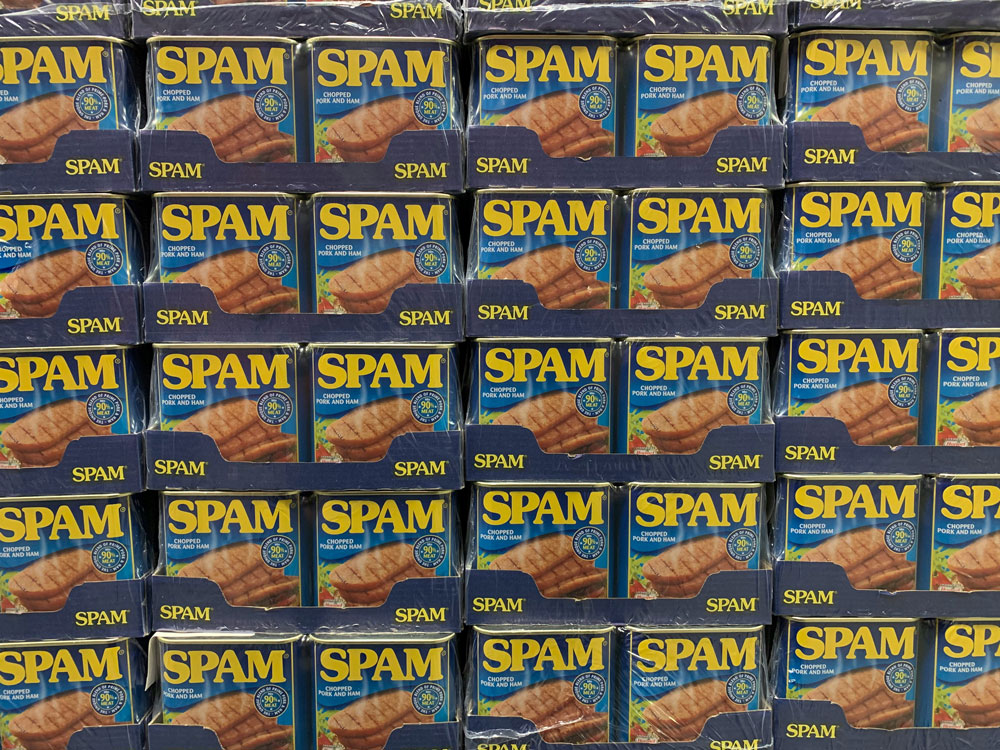E Blasted
306.4 billion emails are sent and received daily as of this year (2020). Don’t worry; we’ll give you a minute. Because if you haven’t heard that statistic before, it’s likely to floor you. Three years ago, 74% of consumers were already overwhelmed by “Email Overload,” according to a study released by Edison Software. In that same year (2017), the number of emails sent and received each day was 269 billion.
Thereafter until now, we have seen a nearly 14% increase of emails flood both personal and professional inboxes around the world. And that’s not even getting in the weeds of how Covid-19 has pushed email to become one of the most used forms of communication. As the boundaries between homes and offices continue to overlap, we expect the fatigue of ‘email abundance’ (for both professional and personal inboxes) to become inexorably linked.

Email: Dead or Dying?
Doubtful. We asked ourselves if people still wanted to receive emails anymore. And on the surface, one would expect that the answer is no. But hold on, 99% of consumers say they check their personal email every single day. Chances are when you’re conducting an email campaign, you’re going to be sending at least a few emails to personal email accounts. So, given that the open rate is about 15% for Mass Market Emails, there seems to be a huge disconnect. Should businesses give up on appealing to and communicating with consumers via email if such a small percentage of Mass Market Emails are being opened? We don’t think so. Brands like Rivaltech suggest making a full switch to social media messaging from email, but we think there’s another way. People do still want emails from the right sender, with the right message.
Empathize Then Engage
So how can you increase that open rate as a small business owner or entrepreneur? Essentially it boils down to two points. Point 1. Respect Your Audience: the details matter. Do the little important things like keeping your word count concise: 50 to 125 words boasts a 50% email response rate. Or making sure consumers can read your email on mobile. “Over 70% of consumers read their emails in a mobile app, and just under 70% delete the email if it displays poorly.” Yikes. And Point 2. Deliver Value. Make the emails you send, count. Quality over quantity. “69% say they unsubscribed because of a high frequency of email.” If 99% are checking their personal email daily, those consumers are looking for something to catch and keep their attention. Don’t send out a flurry of emails you would be overwhelmed by as a consumer, which would ultimately lead you to unsubscribe if you were the recipient.
The post underscores the critical need for businesses to empathize with their audience in the digital space, where email overload is a significant concern. It suggests that success lies not in abandoning email as a communication channel but in refining the approach to make it more relevant and engaging.
By focusing on delivering value through well-crafted, concise messages and respecting the consumer’s experience on mobile devices, companies can foster stronger connections with their audience. Moreover, the shift in consumer behavior and expectations, accelerated by the COVID-19 pandemic, necessitates a more thoughtful, strategic use of email to cut through the noise. Brands must adapt to these evolving dynamics by prioritizing quality over quantity in their email campaigns and seeking to understand and meet the changing needs of their consumers.
This tailored approach, centered on respect and value, can transform the way businesses utilize email to engage with their audience in a more meaningful, effective manner.
Email will work, but only when done right.
Need Email Marketing Support?

